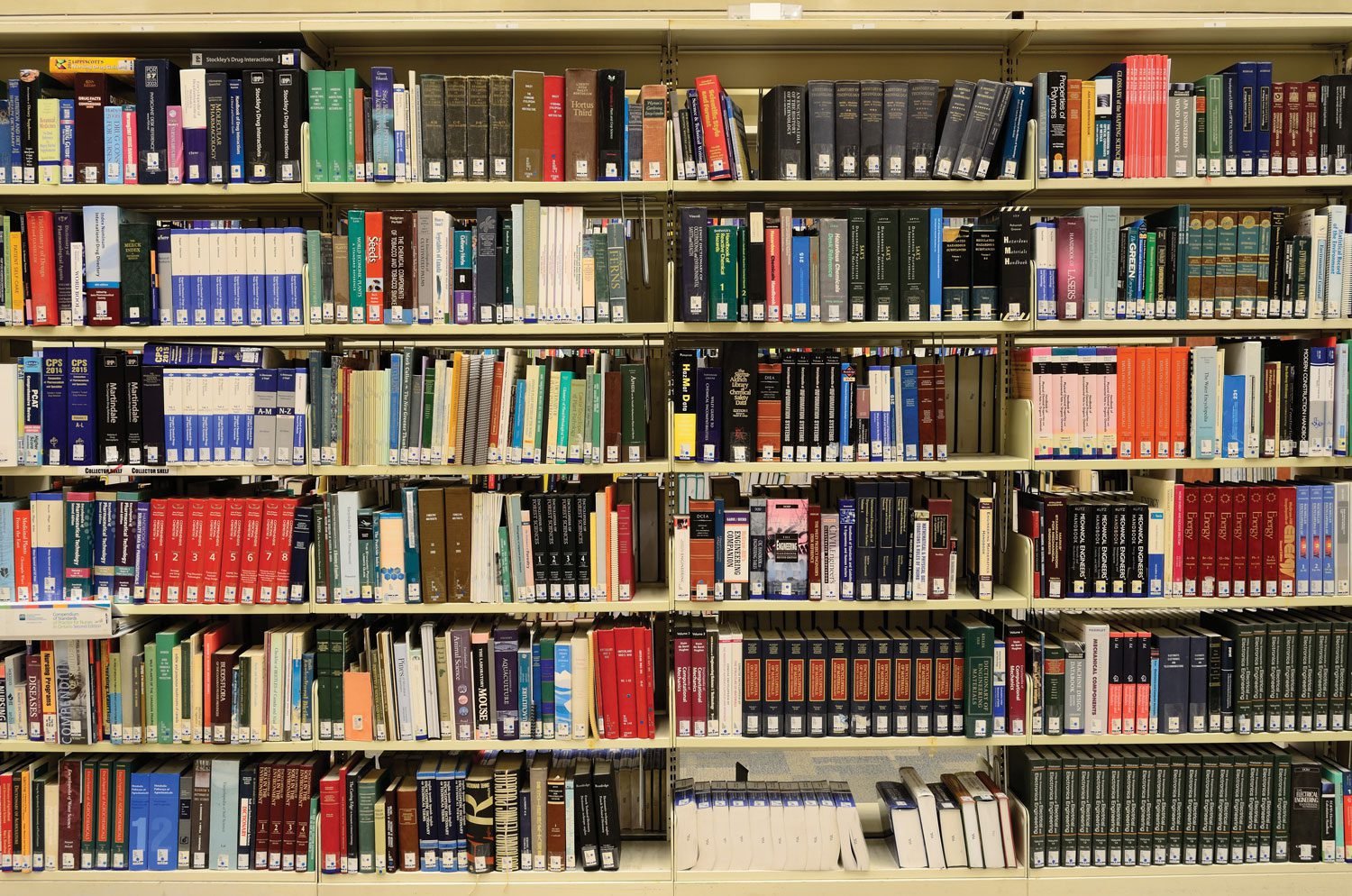When I first started university, I didn’t even know what dyslexia was. I certainly didn’t realise it was about to turn my life upside down. Dyslexia is a specific learning disability characterised by poor word recognition and poor decoding, which often leads to reading difficulties. People sometimes think dyslexia is a childhood condition that can be “fixed” or outgrown, but it is actually persistent and lifelong.
North American data suggest that dyslexia affects approximately 5-12 percent of the population. Australian prevalence is not known, but if a similar pattern is repeated, approximately 2 million Australians would be dyslexic.
Australian disability legislation has recognised dyslexia since 1992, but there is still no publicly funded screening program, and school support funding is only available for children who have been formally tested and have “moderate” or “high” support needs.
For these and other reasons, many people with dyslexia slip through the gaps in childhood detection and reach university without appropriate assistance. It is important to address these issues because dyslexia has been linked to poor university outcomes, depression, self-harm, suicide, and imprisonment.
Research shows that people with dyslexia can succeed at university, but they face many challenges and often need creative solutions.
The following strategies were shared by students with dyslexia who I interviewed for my Master of Education research project. While further research is needed to determine the effectiveness of some of these strategies across larger populations, they are all simple and free, so possibly worth trying.
COLUMNS ARE YOUR FRIENDS
It’s a little-known phenomenon that many people with dyslexia find it easier to read text laid out in narrow columns. For example, reading on a mobile phone can be faster and easier due to the narrow screen width. Text can also be wrangled into columns on word processors and web browsers. You can find more ideas on the tip sheet on the One Little Dyslexic website.
THE POWER OF BOXES
During my previous research, one of the students interviewed explained how he wrote all his lecture notes in boxes. Until he devised this strategy, his biggest challenge at university had been reading his own lecture notes. Once he started writing each idea in a small box and joining the boxes with arrows, he was able to read his notes.

I use this strategy when writing notes in margins around a page of text, and I find it really helpful.
LET’S TALK ABOUT FONTS
Research has found that people with dyslexia tend to read faster with sans serif fonts such as Arial and Verdana, rather than serif fonts like Garamond. Reading may also be faster with fonts they use regularly, including Times New Roman, despite it being a serif font. The “Open Dyslexic” font did not provide any benefit over other sans serif fonts.
Research is less clear about another bespoke font for dyslexics, called Dyslexie. One study found that it delivered a seven percent improvement in reading speed, while another study did not find any such benefit.
So what is the best font to use? It is probably sensible to use whichever feels most comfortable to you. I usually choose Calibri or Tahoma.
TRY BEELINE READER
When reading text on paper, a ruler can be used to help track from line to line. Beeline Reader serves a similar purpose when reading on screens.
Beeline Reader is a free app that colours the end of each line of text and start of the following line the same colour. This can be particularly helpful for anyone who has trouble tracking from one line to the next and reads the same line multiple times. Not only is this helpful for people with dyslexia, but also others who have similar difficulties when tired or stressed.

WATCH ONLINE VIDEOS
More than a third of dyslexic university students interviewed during my research stated that they watched online videos to replace or supplement their assigned course readings. Such videos need to be selected carefully. Ideally, they should come from university lecturers, researchers and other reliable sources.
For example, a student studying particle physics might watch videos of physicist Harry Cliff speaking for The Royal Institution or giving a TED talk.
LOOK AFTER YOURSELF
It is also really important for people with dyslexia to eat well, keep good sleep habits, get regular physical activity, relax and spend time with friends. Despite needing to work hard to achieve our educational goals, we also need to be kind to ourselves so we don’t burn out.
Research suggests that Omega-3 and Omega-6 fatty acids from oily fish may be particularly important for people with dyslexia. Physical activity is also important because it gets the blood pumping around the body faster, delivering more oxygen to the brain.
Regular study breaks, social outings, and recreational activities also contribute to good concentration and mental health.
WHAT NEXT?
Different things work for different people. So try various strategies and see what works for you. If I’d known these strategies when I started my first degree, I might have finished it. I made it through two degrees by sheer determination, and am now glad to have the benefit of these and other strategies for my current research degree. My university’s equity service has also provided helpful accommodations.
People with dyslexia should feel empowered to use all the resources available to them. It’s not an unfair advantage. It’s simply enabling us to reach our potential, and that’s good for everyone. The world needs more dyslexic thinkers doing amazing things.
Lois MacCullagh is a dyslexic writer and educator who has published research on the learning experiences of university students with dyslexia.
You can find more information about study strategies for dyslexic students at www.OneLittleDyslexic.net
“This article has been republished from Future Research Masters, a student-led publication from the Graduate Research School at Western Sydney University.”



